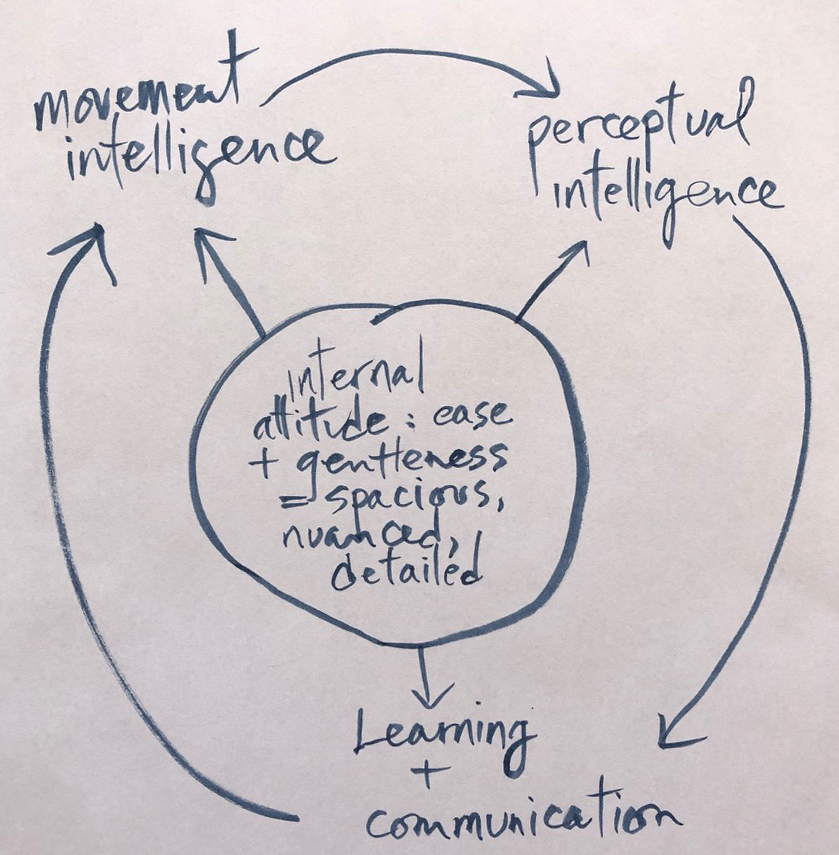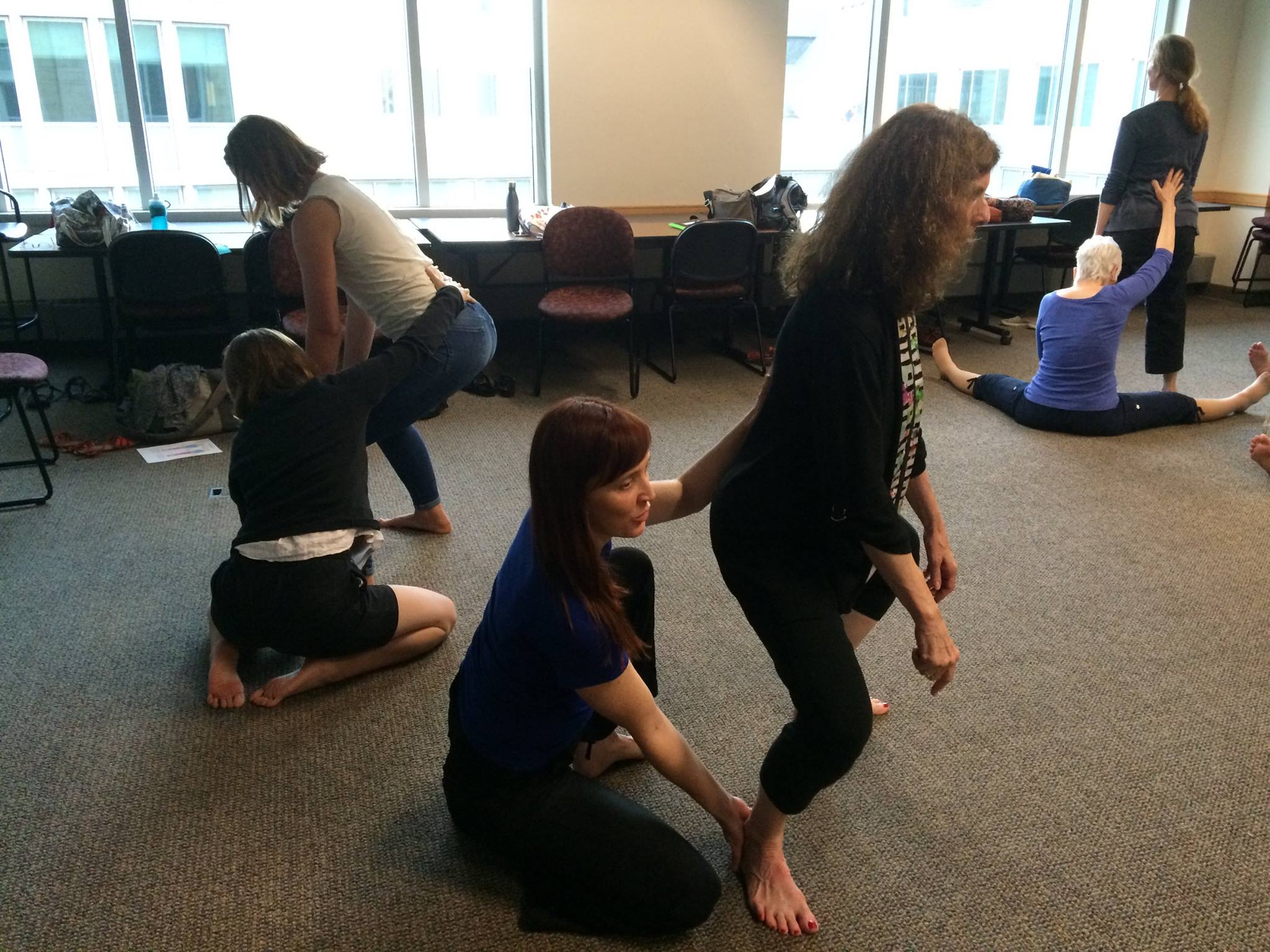
Sketching ideas for my new website
People are always trying to sell the secret to success. Whatever it is, it usually involves an intense mindset that allows you to succeed against all odds, push through resistance, rise above the fray, separate from the pack. Except for most of us, visions of success involve being part of something greater than ourselves, participating fully in the world, in connection with other people. It’s a little confusing.
Here is the problem: they never talk about your bodyset!
Let me tell you a secret. A gentle bodyset has propelled me into the stratosphere of success. Success for me is defined by satisfaction in three areas:
1) Financial
2) Creative
3) Personal
A bodyset involves the inter-dependence between the way you think and the inner feeling of your body. Gentle thoughts make happy bodies. It’s not rocket science. Now I won’t lie – it’s taken a long time for me to realize just how important an inwardly gentle attitude is for generating revenue from my dream job, fully inviting my creative spirit into all that I do, and having time for a personal life even though I’m an entrepreneur. Of course, I tried everything else first. I hope you don’t have to suffer the way I did.
Here is my secret bodyset success generator that you can apply to any instructions you might receive from teachers, coaches, etc about how to have a successful mindset.
Add your body in by inserting the word “gentle.” These 4 “mindset” points are lifted straight from this Forbes article, so I can show you how it works.
1. (Gently) Ditch the Fixed Mindset and Go For (Gentle) Growth
2. (Gently) Adopt An Abundance Mentality, (Gently let go of) Scarcity Mentality
3. (Gently) Stop Fearing Failure. Instead, Be Willing to Fail (Gently)
4. Create a (Gentle) Long-Term Vision Instead of Only Short-Term Goals
You get my point. If a gentle attitude is at the center of everything that you do, it will bring you a certain quality of embodiment. Your body will respond to the quality of your energy and intention. A gentle attitude is one of the 6 Attention preludes that people learn in my classes, Embodied Learning Systems Mastermind Groups, and lessons. You find out about them below.
1) Mobile Body Alignment™ Intensive: 12 awareness points of the legs
Sunday, May 23, 1 – 4 pm EDT, $50. All Welcome! Go HERE for more information, if you are ready to register go HERE.
We’ll take a deep dive into the dermatome mapping roots of the 12 Mobile Body Alignment points of the legs. Only 12 registrants allowed so that we can really go in depth – so register soon!
2) Want an individual course of study?
My root practice, The Alexander Technique, addresses the use of the whole self: body, mind, and spirit. Mobile Body Alignment™ addresses each specific body part and segment of our nervous system, wrapping distinct and articulate parts back into a sense of your embodied wholeness. You can use it to target specific issues in surprising ways. It’s a super fun problem solving system! Book a single private session online or in person. We can design a course of study based on your specific issues and needs. If you would just like to meet and talk, you can book a free 15 minute consultation.
3) Embodied Learning Systems Facilitated Mastermind for online embodiment educators:
All Mastermind groups are currently full. EMAIL ME to be put on the waiting list.
4) The Experimenters Union is now open to all professional embodiment teachers. Go HERE to read more. Your first 30 days are free. We have two meetings a week (Eastern Daylight Times given): Monday nights from 5:00 – 6:15, and Fridays from 12:00 noon – 1:15 pm. Bookend your week engaging with colleagues who support you and challenge you!
5) Need to re-juvinate but still struggling financially during this dreadful pandema-recession? Check out my YOUTUBE CHANNEL.



